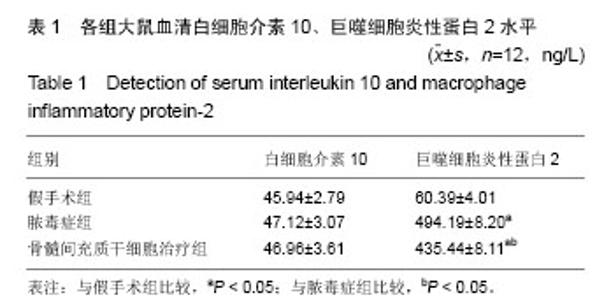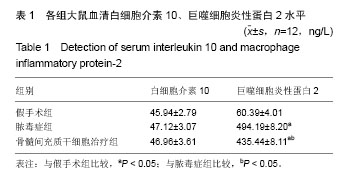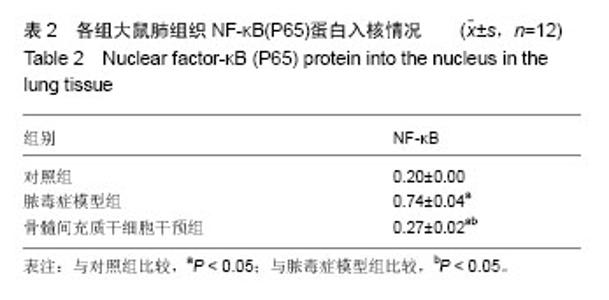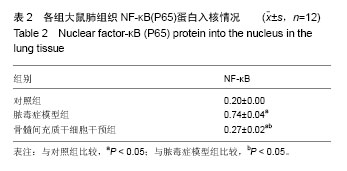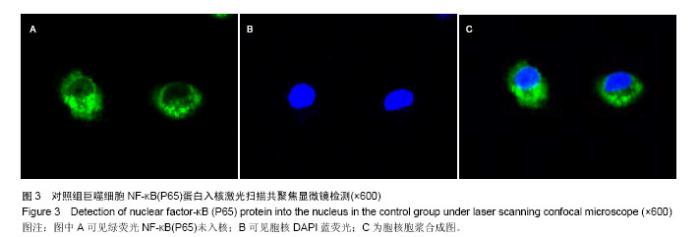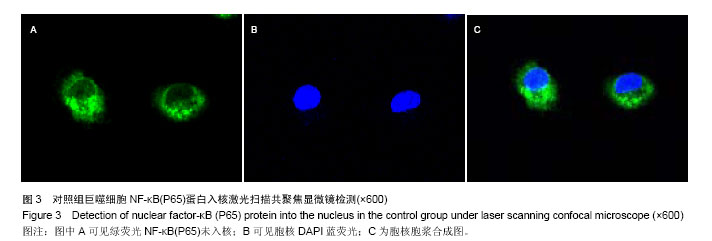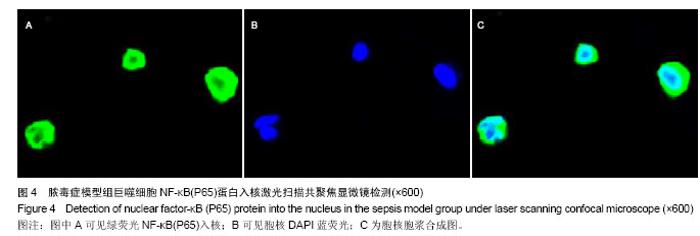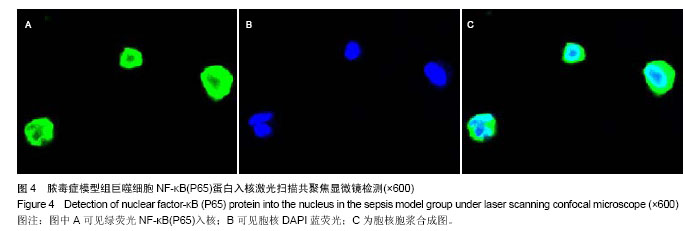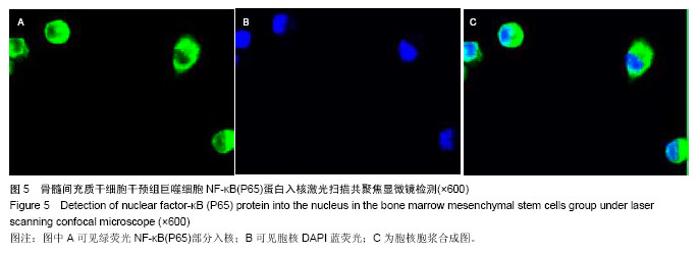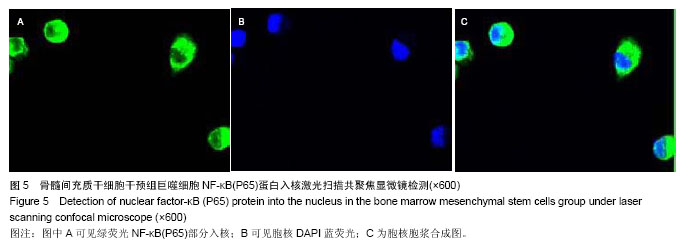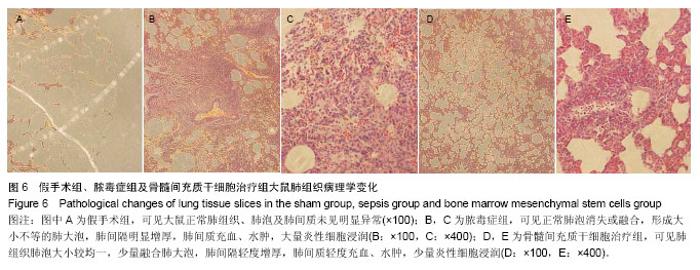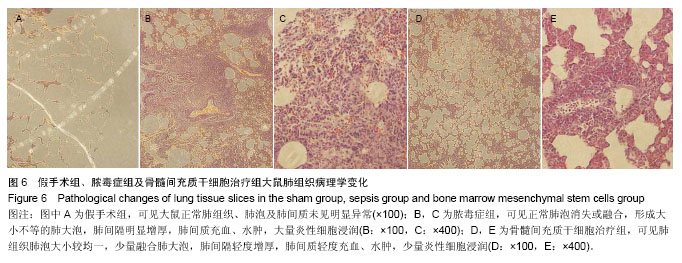| [1]Bersten AD, Edibam C, Hunt T, et al. Incidence and mortality of acute lung injury and the acute respiratory distress syndrome in three Australian States. Am J Respir Crit Care Med. 2002;165(4):443-448.
[2]Li G, Malinchoc M, Cartin-Ceba R, et al. Eight-year trend of acute respiratory distress syndrome: a population-based study in Olmsted County, Minnesota. Am J Respir Crit Care Med. 2011;183(1):59-66.
[3]张文凯,吕洁萍,强准,等.肺泡巨噬细胞在脓毒症急性肺损伤中的作用[J].中国药物与临床, 2013,13(7):876-878.
[4]Downey GP, Dong Q, Kruger J, et al. Regulation of neutrophil activation in acute lung injury. Chest. 1999;116(1 Suppl): 46S-54S.
[5]Müller I, Lymperi S, Dazzi F. Mesenchymal stem cell therapy for degenerative inflammatory disorders. Curr Opin Organ Transplant. 2008;13(6):639-644.
[6]李霖,卿国忠,杨靖等.急性肺损伤大鼠肺组织神经导向因子Slit2及Robo4的表达[J].中华急诊医学杂志, 2014,23(3):261-266.
[7]Davin MS.Confocal scanning optical microscopy and its applications for biological specimens. J Cell Science. 1989; 94(2):175-182.
[8]沈华浩,张根生. 从炎症本质看急性肺损伤/急性呼吸窘迫综合征[J].中华急诊医学杂志, 2006,15(11):965-966.
[9]强准,张继峰,侯林义,等. 氯化钆对脓毒症大鼠急性肺损伤的肺保护作用[J].中国医药指南, 2013,11(16):403-404.
[10]Simpson R, Alon R, Kobzik L, et al. Neutrophil and nonneutrophil-mediated injury in intestinal ischemia- reperfusion. Ann Surg. 1993;218(4):444-253.
[11]Xiao F, Eppihimer MJ, Young JA, et al. Lung neutrophil retention and injury after intestinal ischemia/reperfusion. Microcirculation. 1997;4(3):359-367.
[12]孙中吉,卢青,李银平.急性呼吸窘迫综合征发病中的细胞因子和炎性介质[J].中华危重病急救医学, 2003,15(3):186-189.
[13]Kooguchi K, Hashimoto S, Kobayashi A, et al. Role of alveolar macrophages in initiation and regulation of inflammation in Pseudomonas aeruginosa pneumonia. Infect Immun. 1998; 66(7):3164-3169.
[14]Maus UA, Koay MA, Delbeck T, et al. Role of resident alveolar macrophages in leukocyte traffic into the alveolar air space of intact mice. Am J Physiol Lung Cell Mol Physiol. 2002;282(6): L1245-1252.
[15]郭振辉,洪新,毛宝龄,等.核因子-κΒ活化在脓毒症急性肺损伤发病中的作用[J].中国危重病急救医学,2000,12(6):334-337.
[16]Hu X, Qian S, Xu F, et al. Incidence, management and mortality of acute hypoxemic respiratory failure and acute respiratory distress syndrome from a prospective study of Chinese paediatric intensive care network. Acta Paediatr. 2010;99(5):715-721.
[17]董亮,邱海波.急性肺损伤的治疗进展[J].中华急诊医学杂志, 2012,21(3):235-238.
[18]Gupta N, Su X, Popov B, et al. Intrapulmonary delivery of bone marrow-derived mesenchymal stem cells improves survival and attenuates endotoxin-induced acute lung injury in mice. J Immunol. 2007;179(3):1855-1863.
[19]黄杨,梁继河,贾斌,等.白介素10和一氧化氮对内毒素诱导肺泡巨噬细胞核因子κB活化及肿瘤坏死因子释放的调节[J].中国危重病急救医学,2001,13(5):284-286.
[20]Németh K, Leelahavanichkul A, Yuen PS, et al. Bone marrow stromal cells attenuate sepsis via prostaglandin E(2)-dependent reprogramming of host macrophages to increase their interleukin-10 production. Nat Med. 2009;15(1):42-49.
[21]Tai WL, Dong ZX, Zhang DD, et al. Therapeutic effect of intravenous bone marrow-derived mesenchymal stem cell transplantation on early-stage LPS-induced acute lung injury in mice. Nan Fang Yi Ke Da Xue Xue Bao. 2012;32(3):283-290.
[22]Rojas M, Xu J, Woods CR, et al. Bone marrow-derived mesenchymal stem cells in repair of the injured lung. Am J Respir Cell Mol Biol. 2005;33(2):145-152. |
